Featured Projects

Data Center Temporary Power
Owner: T-Mobile
Engineer: exp
Upgrades to data center power systems often require multiple connections for temporary power because a data center must stay in service during the upgrade. Each time a new connection is planned the design and construction team performs a detailed risk analysis. Leverage was selected to assist the team because our core software provides an effective means for showing the nature of each construction change in a precise graphic display. So, our core software is an effective platform for this work.
This project is an interesting demonstration of sophisticated modeling software. On one hand, the project's scope is not about building components. On the other hand, the tool we developed for building components is applicable to many other processes that require connecting a data set to objects shown as graphical elements. It is evidence of the power of concise representation of elements for use in planning.
Major contributions:
Detailed benefits:
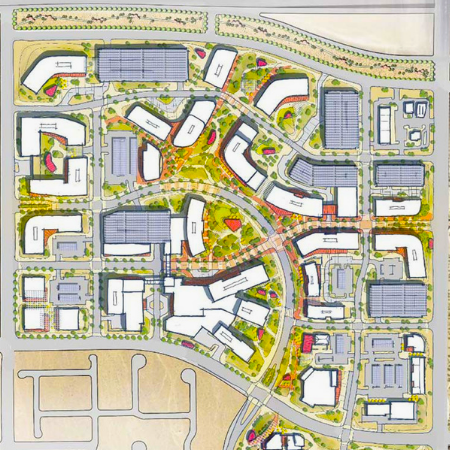
Helios
Developer: Pacific Group
Architect: Gensler
Helios, a 135 acre health and wellness campus, lies in a Job Creation Zone in North Las Vegas. It will serve the region's growing demand for health services and will form a new community center sporting a rich mix of commercial uses.
This project presents a comprehensive approach to a premier healthcare research and business campus that integrates compelling land uses, phased density, and a sense of identity in close relationship to open space.
The initial development phase includes over 2.5 M square feet of medical center, medical office, and medical and research laboratory space. It also includes over 0.5 M square feet of retail and hospitality space. The site will support twice that density as demend drives future develepoment in a decade or two.
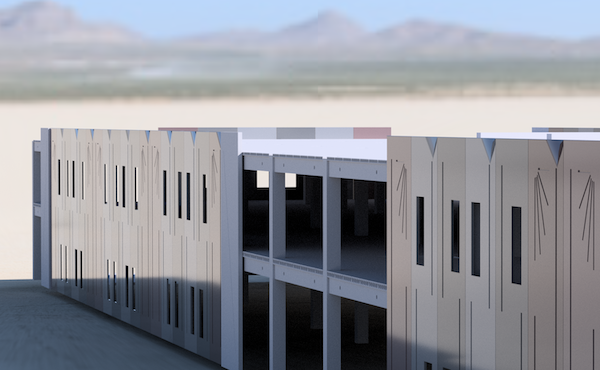
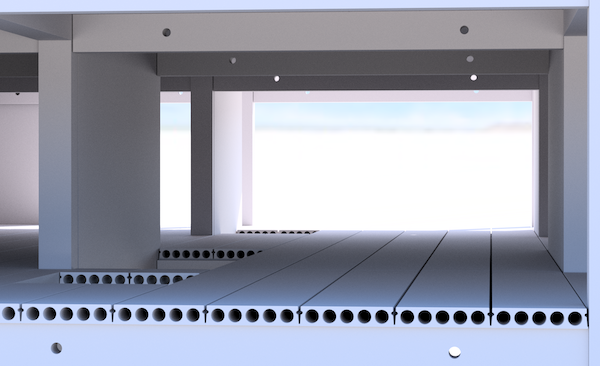
Major contributions to Helios:
Detailed benefits:

Main and Cordova (MAC)
Developer: Tomo Spaces
Architect: MA+HG Architects
Engineer: Timber Engineering
This 11-story Living Heritage project includes social housing units, offices, urban garden space, a children's play area, and a 1700 square foot nonprofit owned and operated community theater space to replace the original theater that will be razed to make way for this project.
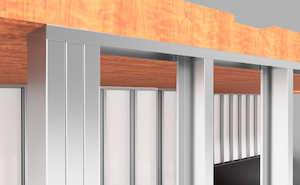
Major contributions to MAC:
Detailed benefits:

Deep Geothermal Well
Client: Mass Flow Energy
Geothermal eneergy sysetms come in many types. For example, a ground source heat-pump system depends on a stable temperature used as a heat sink — typically between 5 adn 200 feet deep. A source of significn heat is found insome geographic location at depths of 500 feet to a mile. Critical flow, high-pressure steam can be generated at dppths of three to six miles. Mass Flow Energy is defining how to create a working well in this deepest categoty.
For Leverage, this project is a demonstration of acccunterizied-driven modeling to produce a digital twin for materils strength modeing, fluid and energy flow modeling (using a super computer) and manuafcturing instructions.
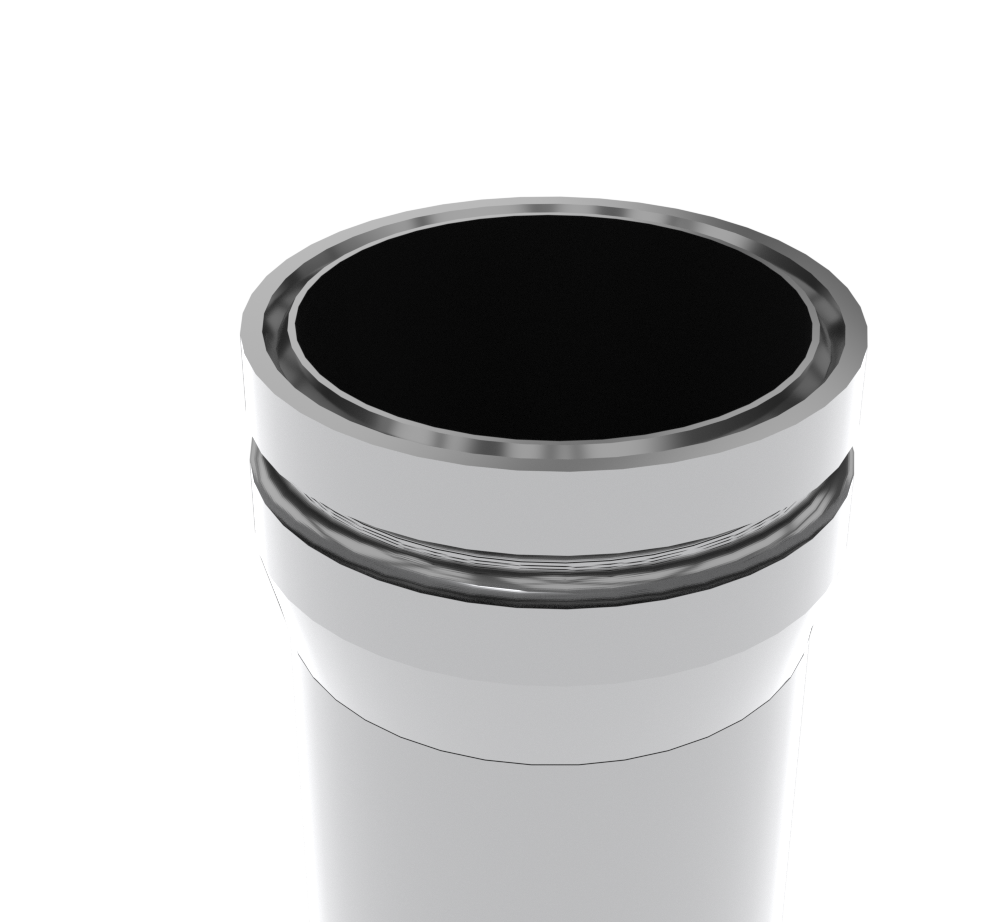
Major contributions to MAC:
Detailed benefits:

